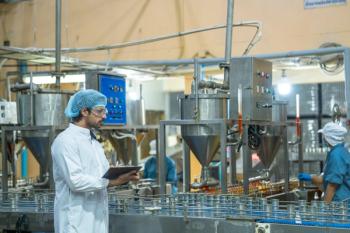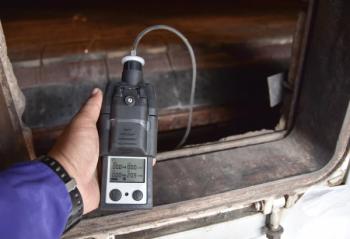
X-ray and AFM Study of Volcanic Ash Particles Produces Risk-Assessment Protocol
A paper published by a joint Icelandic and Danish team in the journal, Proceedings of the National Academy of Sciences (April 25, 2011), provides evidence that a move to ground European aircraft was justified after an April 14, 2010, volcanic event allowed meltwaters from the Eyjafjallaökull glacier to mix with hot magma from the volcanic site, sending fine ash into the jet stream.
A paper published by a joint Icelandicand Danish team in the journal,Proceedings of the National Academyof Sciences (April 25, 2011), providesevidence that a move to groundEuropean aircraft was justifiedafter an April 14, 2010, volcanicevent allowed meltwaters from theEyjafjallaökull glacier to mix withhot magma from the volcanic site,sending fine ash into the jet stream.The team used X-ray photoelectronspectroscopy and atomic forcemicroscopy to assess toxicity risk andto determine the composition of theindividual ash particles.
The study involved taking a uniqueset of dry ash samples collectedimmediately after the explosive eventand comparing the samples withfresh ash from a later, more typicaleruption. Using nanotechniquescustom-designed for studying naturalmaterials, the team explored thephysical and chemical nature of theash to determine if fears about healthand safety were justified. Additionally,they developed a protocol that willserve for assessing risks during afuture event.
Newsletter
Get essential updates on the latest spectroscopy technologies, regulatory standards, and best practices—subscribe today to Spectroscopy.





